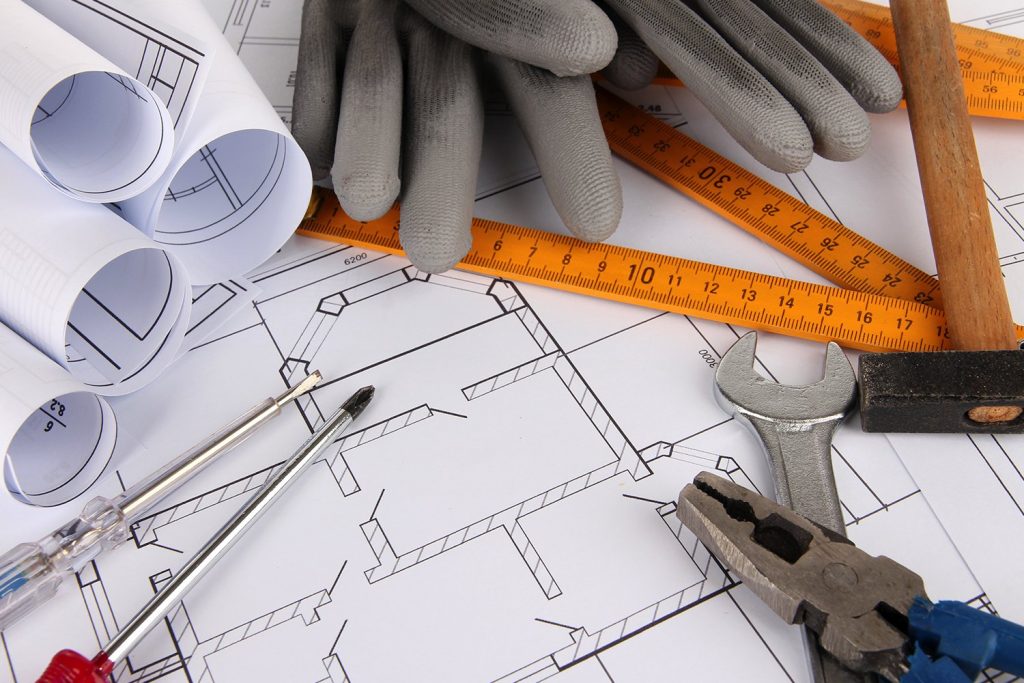Job Site Zoning
Job site zoning is a crucial aspect of construction and energy project management, especially in the clean energy sector. Proper zoning ensures that a work site is organized, safe, and efficient, which is essential for the successful completion of any project. Whether you are installing solar panels, retrofitting a building for energy efficiency, or setting up an EV charging station, understanding and implementing effective job site zoning can significantly impact the outcome of the project.
What is Job Site Zoning?
Job site zoning involves dividing a construction or installation site into specific areas, each designated for particular tasks or functions. This organization helps streamline workflow, minimize risks, and ensure that resources are used efficiently. Zoning can be physical (e.g., fencing off certain areas) or procedural (e.g., scheduling work in specific areas at different times).
Key Benefits of Job Site Zoning
- Enhanced Safety: One of the primary reasons for job site zoning is to enhance safety. By clearly delineating areas for different activities, such as material storage, equipment operation, and worker movement, potential hazards are minimized. This helps prevent accidents and ensures that safety protocols are more easily enforced.
- Improved Efficiency: Zoning helps to organize the job site in a way that optimizes workflow. By allocating specific areas for tasks like equipment storage, assembly, and installation, workers can perform their tasks more efficiently. This organization reduces delays and helps keep the project on schedule.
- Resource Management: Proper zoning allows for better management of resources, including materials, tools, and equipment. By designating areas for storing and accessing these resources, the risk of loss, damage, or misuse is reduced.
- Compliance and Regulation: Many construction and energy projects must adhere to local zoning laws and regulations. Implementing job site zoning helps ensure compliance with these rules, avoiding potential legal issues or fines.
Implementing Effective Job Site Zoning
To successfully implement job site zoning, consider the following steps:
- Site Assessment: Begin by conducting a thorough assessment of the site. Identify areas where different activities will take place, such as installation, material storage, and equipment operation. Consider factors like space, access points, and existing infrastructure.
- Zone Planning: Based on the assessment, create a zoning plan that divides the site into specific zones. Each zone should have a clear purpose and be appropriately labeled. For example, designate zones for hazardous materials, pedestrian walkways, and heavy machinery operation.
- Signage and Communication: Use clear signage to indicate the purpose of each zone and communicate zoning plans to all workers and subcontractors. This ensures that everyone is aware of the designated areas and understands the safety protocols associated with each zone.
- Safety Protocols: Develop and enforce safety protocols for each zone. For example, require the use of personal protective equipment (PPE) in zones where heavy machinery is operated, and establish guidelines for handling materials in designated storage areas.
- Monitoring and Adjustment: Regularly monitor the job site to ensure that zoning plans are being followed. Be prepared to adjust zoning as needed to accommodate changes in project scope or site conditions.
Job Site Zoning in Clean Energy Projects
In clean energy projects, such as solar panel installations or energy-efficient retrofits, job site zoning plays a vital role. It ensures that installation areas are kept clear of obstructions, allows for safe handling and storage of sensitive equipment, and provides designated spaces for workforce training and coordination.
For example, in a solar panel installation project, zones can be designated for panel assembly, electrical wiring, and mounting to ensure that each phase of the project proceeds smoothly and safely. Similarly, in a retrofit project, zoning can help segregate areas where work is actively taking place from those that are already completed, protecting both the workers and the integrity of the work.
Conclusion
Job site zoning is a fundamental practice for managing construction and clean energy projects efficiently and safely. By carefully planning and implementing zoning strategies, project managers can enhance safety, improve workflow, and ensure compliance with regulations. As the clean energy sector continues to grow, effective job site zoning will remain a key factor in the successful execution of projects, from solar installations to building retrofits.



No Comments